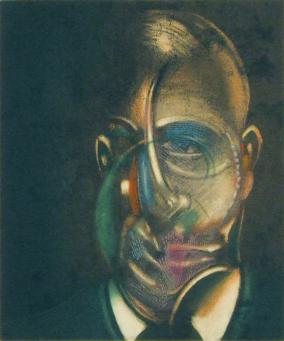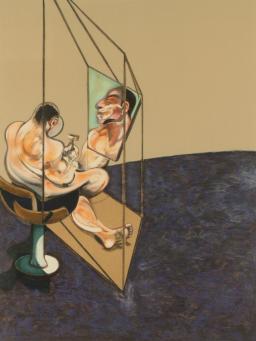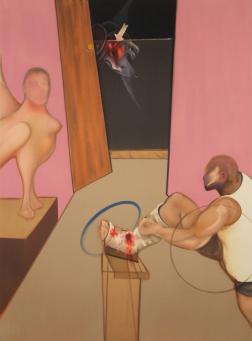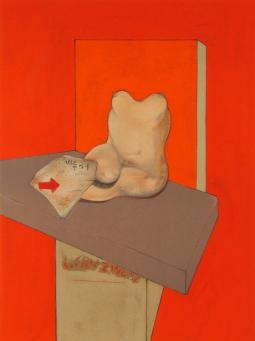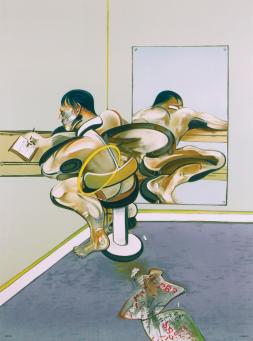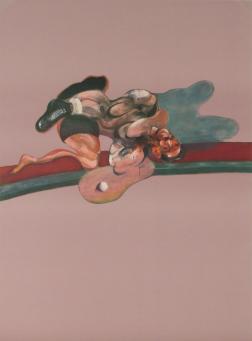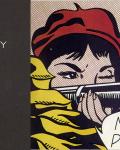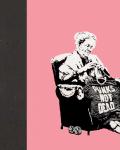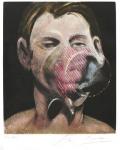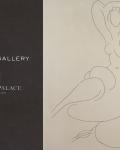-
2 May - 31 Jul 2018Andipa Gallery | 162 Walton Street | W
-
21 January - 25 Jan 2015Business Design Centre, 52 Upper Street London, N1 0QH
-
13 November - 16 Nov 2014
-
12 February - 19 Feb 2010Gstaad Palace, Switzerland
-
17 February - 24 Feb 2009
-
12 September - 07 Oct 2008
-
12 February - 19 Feb 2008Gstaad Palace, Switzerland
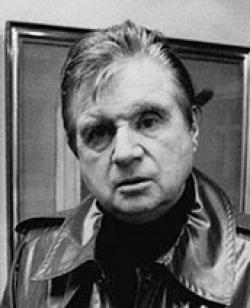
Born to Anglo-Irish parents in Dublin on October 28, 1909, Francis Bacon left school at the age of 16 and moved to London. After living abroad in Berlin and Paris for two years, Bacon returned to London and established himself as a furniture and interior designer. Although he had no formal artistic training, he began to draw and work in water colours and oils. By the fall of 1929, he held a small exhibition of paintings and furniture in his South Kensington studio. In 1934 organised his first solo show in the basement of Sunderland House, which he renamed the Transition Gallery.
The thirties and early forties were marked by little productivity, and his destruction of many earlier works. By 1944, Bacon returned to painting and developed his characteristic expressionist style: potent and unsettling imagery of distorted human and animal forms that often demonstrates the influence of Surrealism.
Bacon's first major show took place at the Hanover Gallery, London, in 1949, and was followed by an exhibition at Durlacher Brothers, New York, in 1953. In 1962, the Tate Gallery organised a retrospective of the artist’s work that travelled to Mannheim, Turin, Zurich, and Amsterdam. After suffering a heart attack, Bacon died 28 April 1992, in Madrid.
The Tate held another major retrospective in September 2008, which opened at the Prado Gallery in January 2009, and closed at the Metropolitan Museum of Art in New York summer 2009.

















